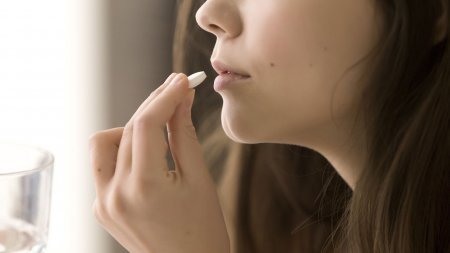Understand my skin
Why do I have dark spots on my skin?
The colour of a person’s skin is usually determined by their phototype and how much sun exposure they get; areas frequently exposed to the sun are darker than those that are covered. Melanin is the natural pigment that controls skin colour, which the body secretes to protect skin from UV rays, leading to tanning.
Pigmentation problems are linked to poor melanin functioning, which causes either hyperpigmentation (dark spots) or depigmentation (lighter spots) on the skin. The latter is usually related to a condition such as vitiligo or albinism, which requires medical care.










